For over 15 years, Raphael A. Pimentel has led the charge for Luma Pictures’ animation department. From Marvel Studios epics Captain Marvel and Spider-Man: Far From Home to award-winning dramas like No Country for Old Men, Raphael’s work truly spans the gamut of VFX. Here we discuss his career as an Animation Director and the importance of a good plan when tackling the animation process.
Can you tell us a little about yourself as an animator?
As an animator, I gravitate towards realism. In college, I would spend most of my time animating humans or creatures rather than cartoonish characters.
I usually animate using a straightforward approach and less pose to pose. It achieves a realistic feel that can be messy but ultimately better reflects nature.
As Animation Director at Luma, I take pride in the work we do and in building the teams that make it all happen. Watching animators grow to become more well-rounded artists is gratifying.
Luma Pictures house reel
You studied at the Miami International University of Art & Design and it wasn’t long before you were at Luma. Could you tell us a little about that journey?
Technically I had a job before Luma. I worked at a studio in Miami, which I started with some college buddies.
I led an animation team there, so when I landed the job at Luma in 2004, I felt very comfortable sharing ideas and notes with the animation team. Payam Shohadai, our Founder & CEO noticed this. I was promoted to lead animator on my first film, The Cave.

What attracted you to Luma?
When I joined Luma, Payam was also the VFX Supervisor at the time. He interviewed me for the role. I was impressed by how down to earth he was. The company felt like a tight-knit family made up of super-talented artists.
Fifteen years later, we have grown to triple the size we were back then, but we’ve managed to keep that emphasis on a fun and positive culture. We take great care during our hiring process to make sure each candidate is an excellent cultural fit for Luma.
What projects are you most proud to have worked on at Luma?
Every show offers plenty of excitement, but I loved working with the Coen Brothers on No Country for Old Men, where I animated a herd of pronghorn antelope. The Coen’s are so imaginative, and their narratives and characters complex and unique.
Working with Marvel Studios and Warner Brothers in the superhero genre is always fun too, mainly because I am a massive fan of DC and Marvel comic books.

What’s your day-to-day like as Animation Director at Luma?
As Animation Director at Luma, I deal with the execution of the animation work on the floor alongside the department’s client-facing side.
Luma’s VFX team splits work between its Los Angeles and Melbourne studio. I meet with the Los Angeles animation team in the morning and go over their work for the first half of the day. The second half is spent mostly working with the Melbourne crew.
My days also consist of hiring talent, team building, producing, scheduling, and shot assignments.
How has ftrack helped you as an Animation Director?
The latest project we used ftrack on was Spider-Man: Far From Home. We logged everything related to shot execution, like scheduling, notes, and client direction, through ftrack.
ftrack helped to keep track of dependencies between departments and presented that information in a Gantt chart view. That made scheduling and load-balancing tasks to artists much easier.
ftrack also displays artist vacation days in this same Gantt chart view, which helped tremendously, especially on a project as large as Spider-Man.

How did ftrack’s API and flexibility help on Spider-Man?
We were able to use ftrack as an interface for production to automate launching renders and simulations based on templates built by our artists.
We were also able to use ftrack to feed values into our database that would be picked up in these templates and would then modify the result of the fx simulations. That meant that once the templates were built and creative approved, we were able to run these FX templates on batches of shots at a time. That gave us a comprehensive overview of how the effect looked across the whole sequence, with minimal artist time.

You’ve been an animator for 15 years. How have you seen the industry evolve over that time?
There are a lot more films with heavy VFX character work nowadays. Due to this, the most significant change has been the reliance on motion capture in films. It’s a crucial aspect of VFX and animation today.
I’ve been lucky enough to don the motion capture suit for a ton of different films. I’ve performed for over 30 iconic characters, such as Spider-Man, Deadpool, and Captain America. For Guardians of the Galaxy, we shot the body for Thanos at Luma after receiving the Josh Brolin facial data.
Going on set with the actors and being a part of the performance capture has helped expedite the animation process. I’m able to see which takes the Director responds to positively and use those takes as our animation base.
Any advice for those just starting in animation?
Work your butt off and play nice. Hard work and good energy will take you to where you want to be.

Would you recommend ftrack to other animators?
Absolutely. Good organization is the foundation of any animation. One great feature that ftrack has is its dashboard page for artists/animators, which displays a shot list and latest notes. It makes it so much easier to know what needs to happen on an animation, and then tackle that work.
So, thank you ftrack for all the help you’ve given my animation department and me over the years!
Want to try ftrack Studio and see how it can optimise your studio’s efficiency?
More from the blog
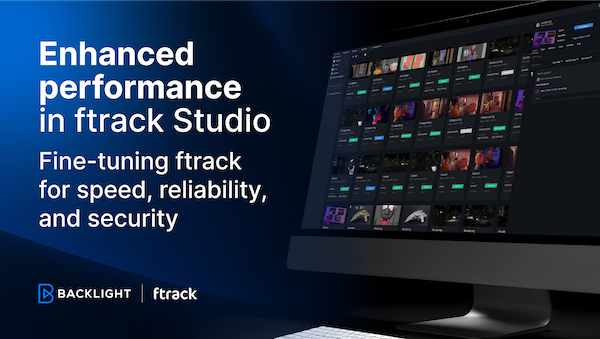
Enhanced performance in ftrack Studio: Fine-tuning for speed, reliability, and security
Chris McMahon | API, Developer, New features, Product, Productivity, Studio | No Comments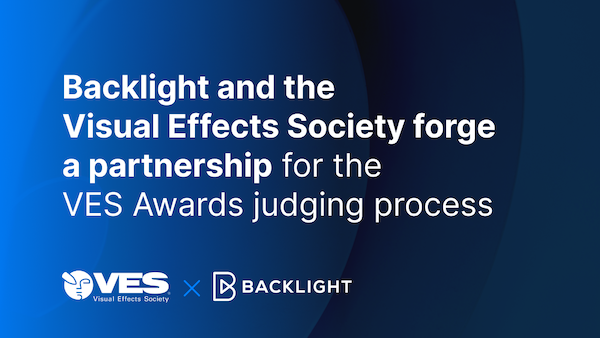
Backlight and the Visual Effects Society forge a partnership for the VES Awards judging process
Kelly Messori | Case Study | No Comments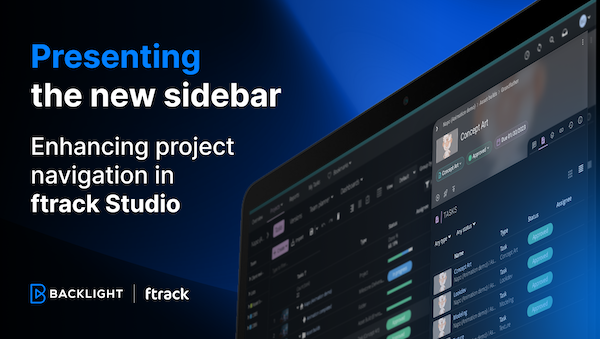
Presenting the new sidebar: Enhancing project navigation in ftrack Studio
Chris McMahon | New features, Product, Release, Studio | No Comments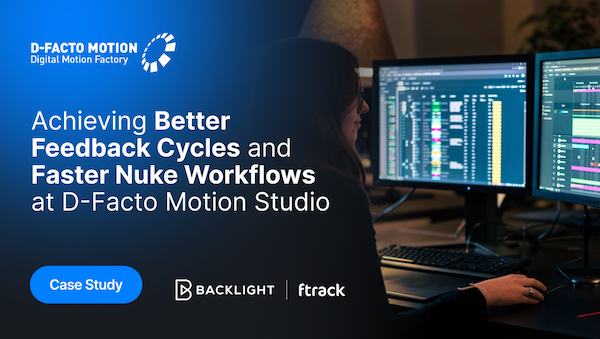
Achieving Better Feedback Cycles and Faster Nuke Workflows at D-Facto Motion Studio
Kelly Messori | Case Study, Studio | No Comments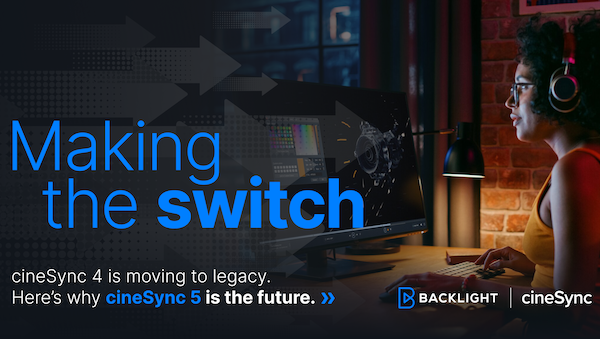
Making the switch: The transition to cineSync 5
Mahey | Announcements, cineSync, News, Product | No Comments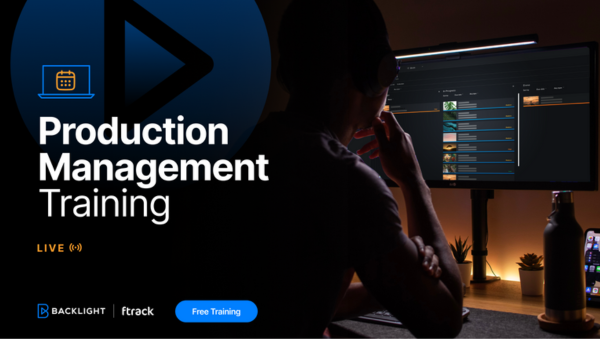
Supporting Your Studio: Free ftrack Studio Training and Office Hours from Backlight
Kelly Messori | News | No Comments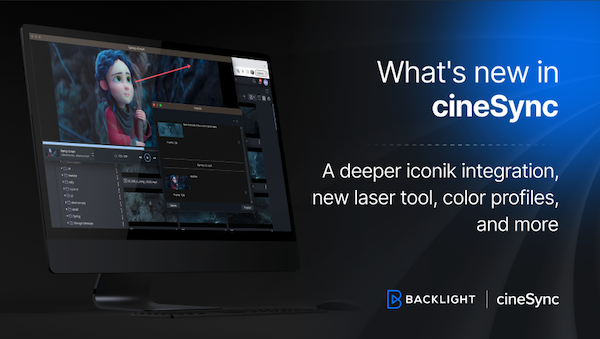
What’s new in cineSync – a deeper iconik integration, laser tool, OTIOZ support, and more
Chris McMahon | cineSync, New features, Product, Release | No Comments